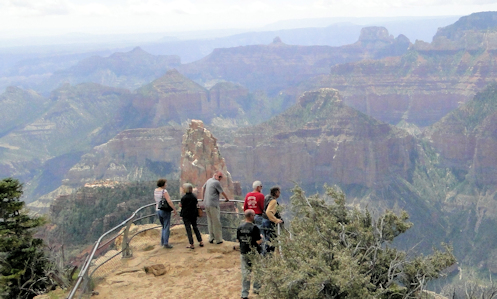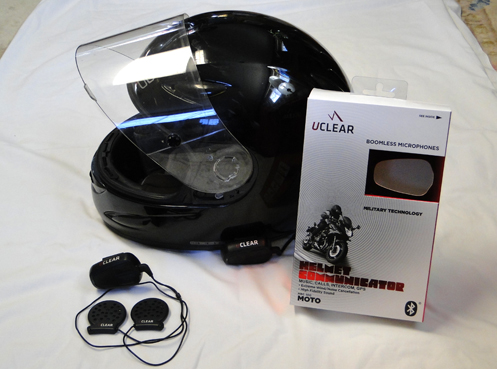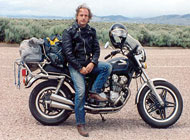Adventures In Pairing
Thursday, May 22nd, 2025It seems to be a general rule that connecting helmet communicators is not easy. Judy and I have owned a couple sets and neither has been something you just do and that’s that. It’s always a matter of relearning how it’s done and then making more than one attempt to do so until you get it right.
In preparation for this recent RMMRC California trip I bought a new communicator, a Cardo, because that’s what all the other guys had and that would enable me to hook in with the group. It was agreed that on departure date we would get together earlier to get me paired in. What could go wrong?
In a group like this someone needs to be the main guy and the main guy here was Alan. Everyone else already was hooked in.
So Alan pulled out his phone, fired up the app, and opened the group. I installed the app on my phone–though that is not supposed to be necessary–and we tried following the steps as spelled out. No dice. We tried again. I shut my phone completely off and then booted up, with hopes that now everything would be fully settled and in order. Still no dice.
Was it a problem with my communicator? It was brand new and had never been used. They do manufacture lemons now and then, where something doesn’t work right out of the box. I tried creating a group myself and paired one of the guys in with me. That worked. So it’s not a problem with my unit.
I can’t remember what else we tried but nothing worked. Fine, we’ll give up for now and then tonight at the motel in Fruita we’ll try again.
So we got to Fruita and we’re sitting around in our rooms with our helmets on. Surely between the bunch of us we can figure this out. The Cardo can link together up to–I think–19 units. We were only trying to get 5 on one link.
Insanity is reputedly doing the same thing over and over expecting different results and we did the insanity thing for a while. There was no way, apparently, that I was ever going to get linked in to this group. OK, let’s take a different approach. Alan, create a new group and then link us all in on that group. Delete the old one.
And you know what? It worked. Finally. It still wasn’t necessarily working great until we figured out that I needed to move my microphone boom closer to my mouth. Once I did that they could hear me and I could hear them. Great. We’re ready to go.
So the next day we took off and now my concern was, was I going to find myself feeling invaded by hearing everything everyone had to say all day? I’m used to the solitude of being in my own head even when in a group of riders. Would I miss that solitude. Sure I could turn the Cardo off but that would defeat the whole purpose of having it.
It was OK. I even did a bit of the talking because I had been all these places we were going through this day and I had information to share.
Then the following morning the Cardo came in handy, too, as I sprawled across my gas tank telling the guys “I can’t do this. I’m really sick.” Dave replied that “Yeah, if it makes you feel any better, you look lousy, too.”
I just hope next time I try to use this thing it goes a lot more smoothly.
Biker Quote for Today
Faster . . . sixty, seventy . . . the engine growls, and the wind is now howling in my face trying to rip me off the back of the bike. But to outrun the demons I keep pushing it into fifth . . . seventy-five, eighty-five, ninety . . . and now I’ve got a white-knuckled grip on the handlebars as they vibrate up my arms and I tuck my head down for speed.



